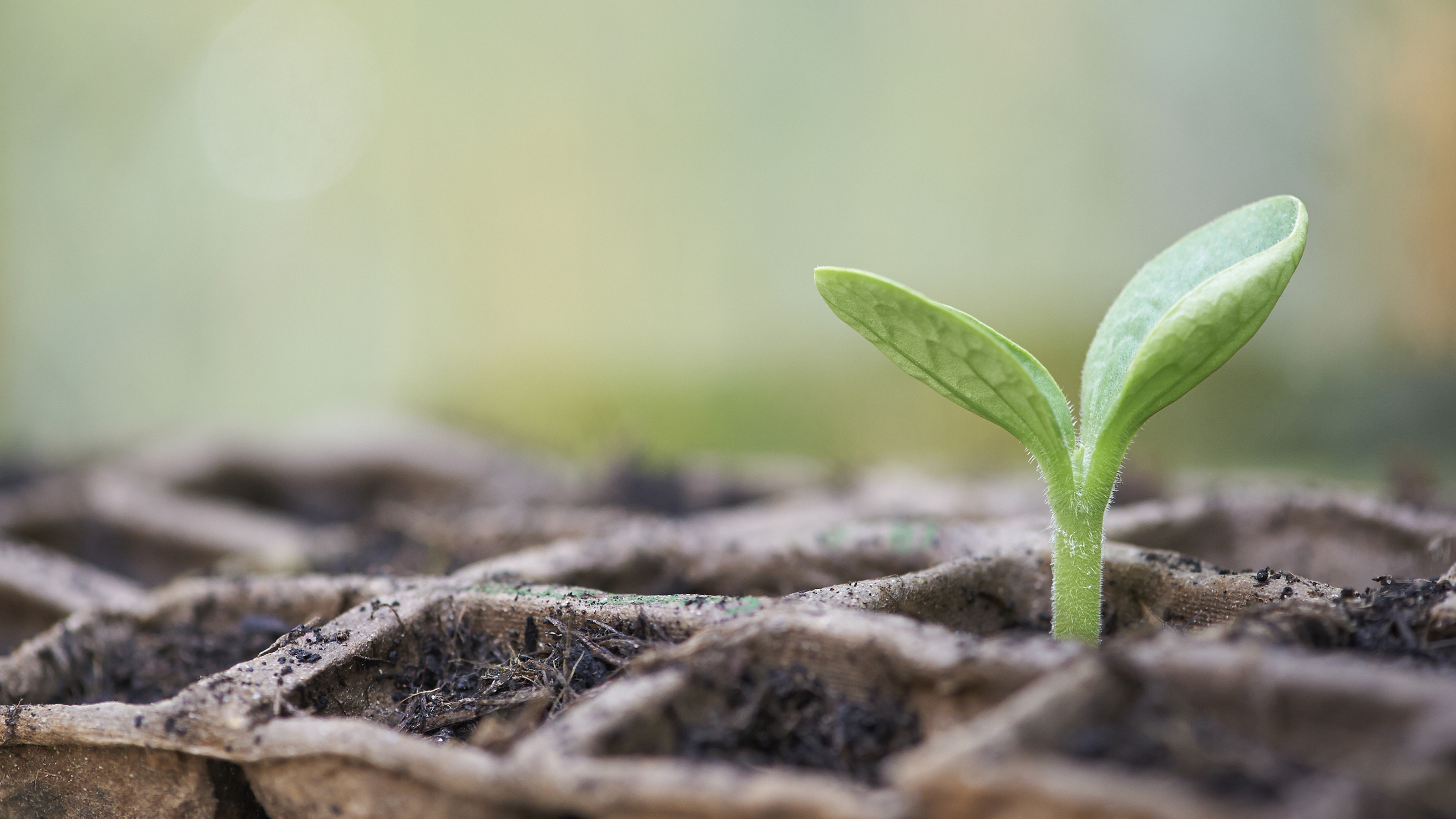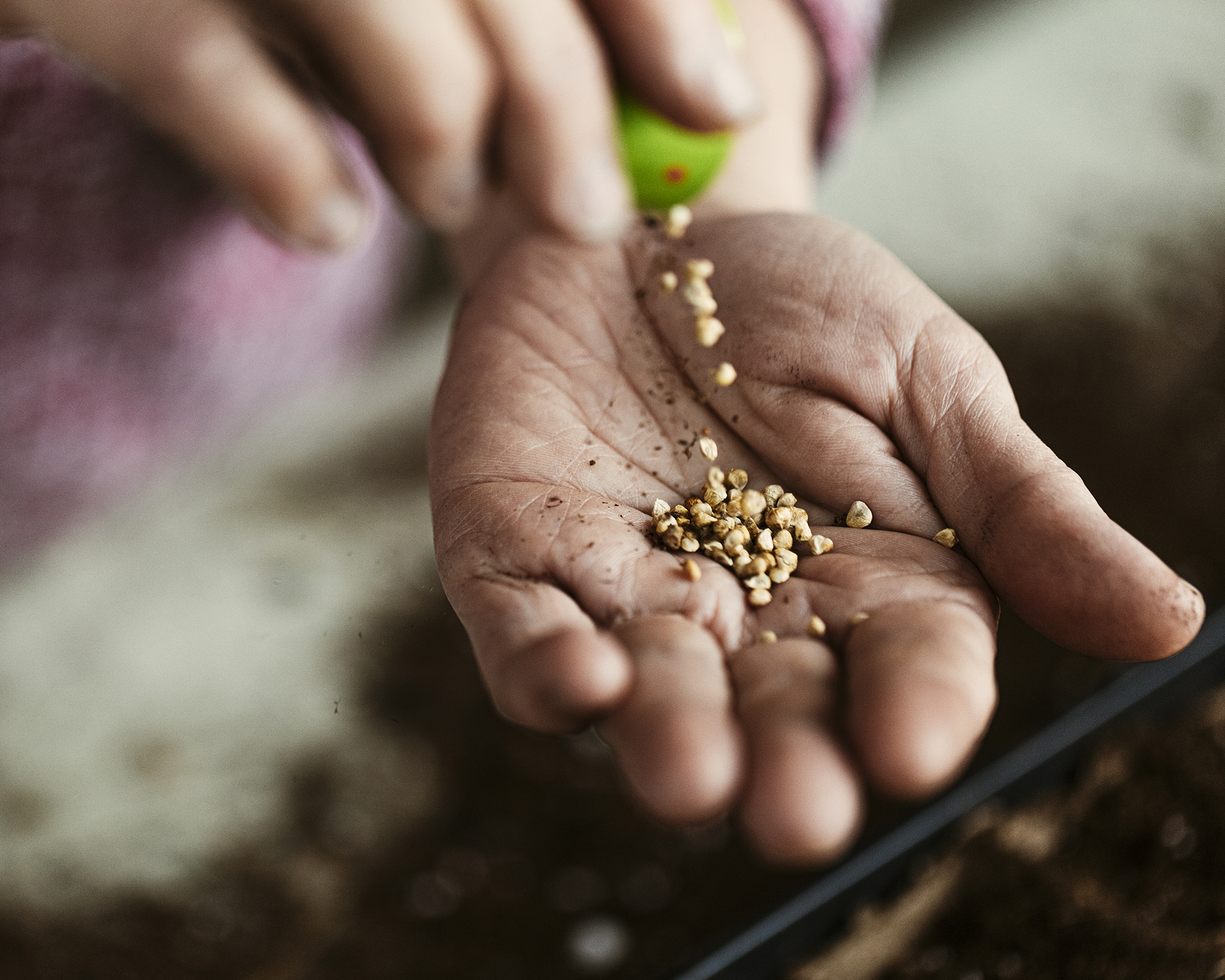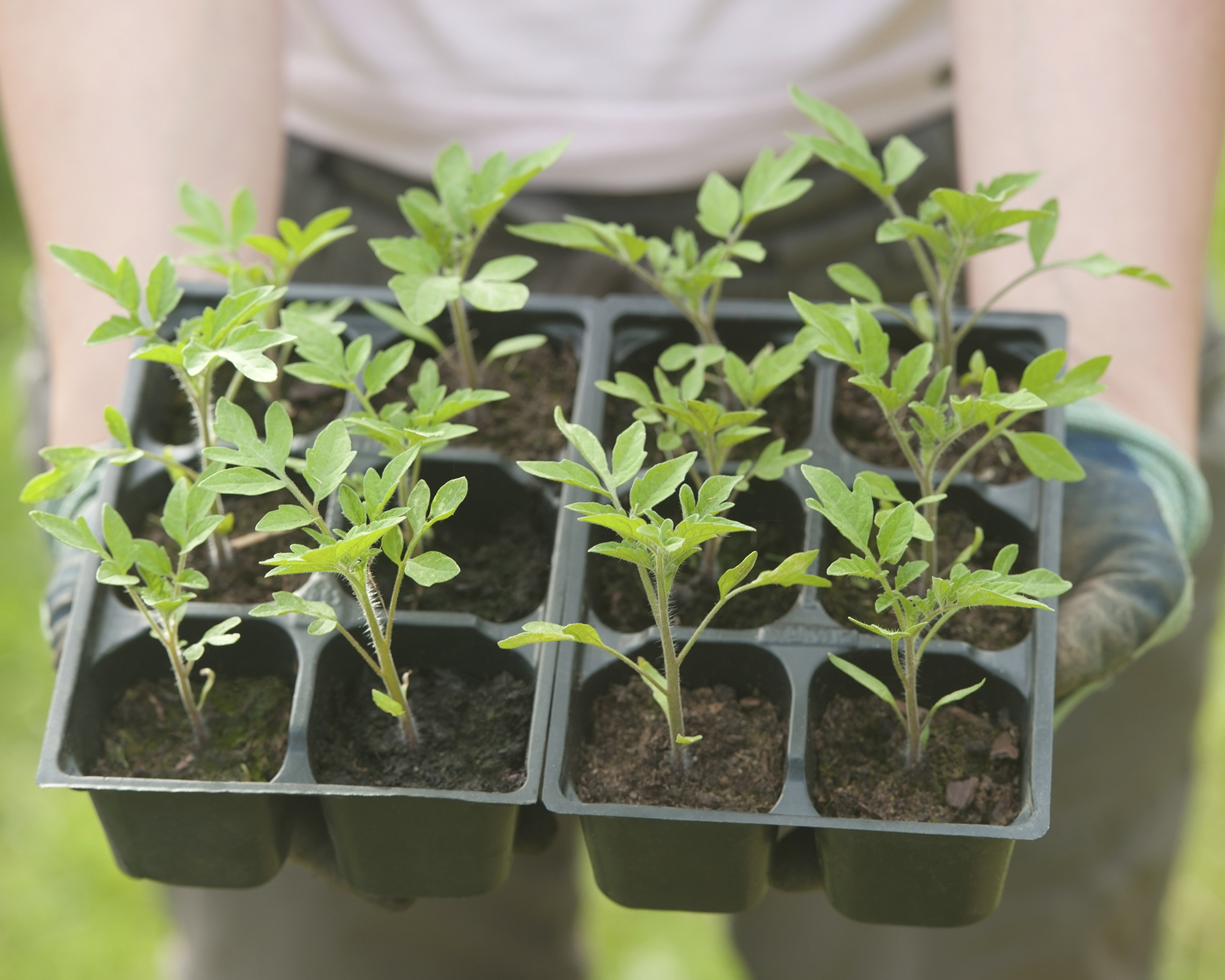Experts Reveal The Top 3 Reasons Seeds and Seedlings Fail – And Offer Solutions
When seeds and seedlings rot or fail to sprout, it's a crushing blow to your growing ambitions. Discover how to avoid the most common pitfalls.


In theory, starting plants from seed couldn't be simpler: plant some seeds, water them, and wait a week or two for seedlings to appear. So, when seeds fail to germinate or new seedlings die, it’s extremely disappointing.
There are numerous reasons why seeds and seedlings fail, but here we reveal the most common culprits getting in the way of your growing goals.
1. The seed is too old
Your growing plans have little chance of coming to fruition if the seeds are too old to germinate.
‘No harm will come to you from using old seeds, but as seed viability decreases over time inevitably you won’t get such a good germination rate,’ says garden designer and horticulturist Matt James.
‘But, some seeds do last longer than others if they have been stored in a cool, dry, dark place.’
Check the seed packet information for the expiry date. However, if you aren’t sure whether your seed is too old, then you can perform a simple seed viability test to check.
The most reliable test is to sow the seeds onto a damp paper towel, place them into a plastic bag, and wait a week or two to see if they germinate.
Gardening tips, videos, info and more delivered right to your inbox!
Sign up for the Gardening Know How newsletter today and receive a free copy of our e-book "How to Grow Delicious Tomatoes".
If less than half germinate, it’s worth buying a new packet of seeds in order to get the best result.

2. The soil is too wet
Overly wet soil is arguably the most common reason seeds and seedlings fail.
‘Over-watering can lead to damping off – the condition where the seedling wilts and rots at the stem – so try not to be overzealous,’ says Milli Proust, author of From Seed To Bloom.
‘If I’m sowing directly, I’ll water the patch before and after I sow, and if it doesn’t rain, I’ll keep them watered until they germinate.
‘Once germination has taken place, if it’s really dry, give them some water first thing in the morning before the sun is too strong.’
Getting watering needs right is a careful balancing act, as it’s important that the seeds don’t completely dry out. However, you should also avoid washing seeds away with vigorous application.
Check moisture levels daily, and if the soil begins to feel dry then lightly apply water with a rose attachment on a watering can.
If planting seeds into containers, then it’s vital there is enough drainage provided. Either use pots with drainage holes in the bottom, or paper fiber pots that will absorb excess moisture.

3. It’s too cold
Every seed has its ideal growing conditions. Some are well suited to germinating in colder weather, but most benefit from warmer conditions of between 68°F and 86°F (20-30°C).
The plants won’t necessarily need to grow at this temperature once the seedlings have emerged, but at least initially it’s better to keep the seeds warm.
‘Use a heated windowsill propagator or waterproof warming mats – use propagator lids that sit over seed trays to retain moisture,’ advises Anna Green, vegetable gardener and author of Grow Easy.
‘Ensure the lids are vented and remove once the seedlings have emerged. Prick out and remove seedlings as soon as possible.’
Not all seeds need light in order to germinate, so Anna advises choosing the warmest spot in your home, or near to a radiator.
‘Put trays or pots in a plastic bag to retain moisture, and as soon as seedlings have sprouted remove the bag and move them to light,’ she says.
Once your seedlings have begun to grow, however, they will need light and good airflow in order to thrive. Poor light can result in leggy seedlings, so invest in a grow light if you don’t have a bright windowsill to move them to.
Good airflow will help to ensure your seedlings don’t succumb to fungal growth.

Melanie is an experienced gardener and has worked in homes and gardens media for over 20 years. She previously served as Editor on Period Living magazine, and worked for Homes & Gardens, Gardening Etc, Real Homes, and Homebuilding & Renovating. Melanie has spent the last few years transforming her own garden, which is constantly evolving as a work in progress. She is also a passionate organic home grower, having experimented with almost every type of vegetable at some point. In her home, Melanie tends to an extensive houseplant collection and is particularly fond of orchids.
-
 Get Ready For A Summer Of Hummers! Grow These Full Sun Hummingbird Plants and Flowers
Get Ready For A Summer Of Hummers! Grow These Full Sun Hummingbird Plants and FlowersIf you’re lucky enough to enjoy a sunny backyard, make sure you are maxing out on your pollinator opportunities and grow these full sun hummingbird plants and flowers
By Tonya Barnett
-
 12 Lush Alternatives To A Lawn For Sustainable Spaces
12 Lush Alternatives To A Lawn For Sustainable SpacesAlternatives to a lawn are beautiful and also beneficial to your local ecosystem and its pollinators. Explore our top picks for plants to replace grass.
By Tonya Barnett